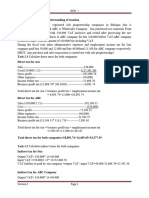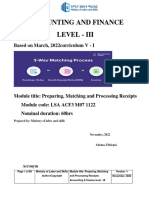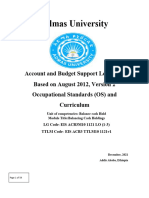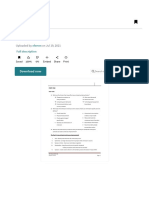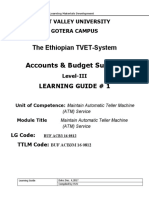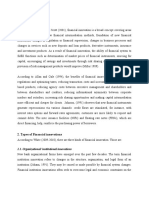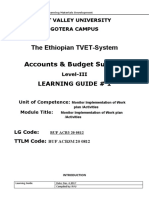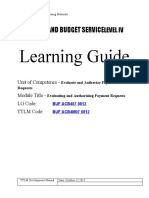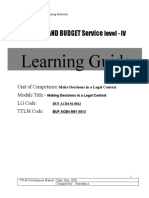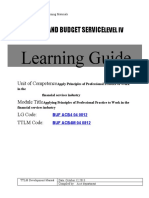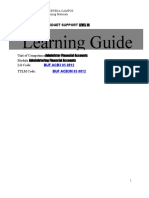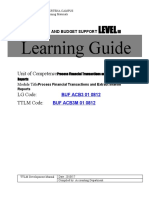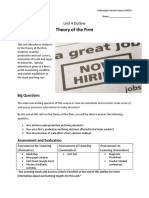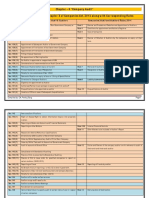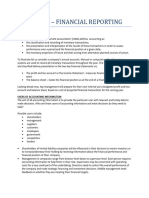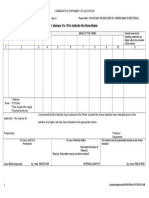0% found this document useful (0 votes)
416 views23 pagesCredit Application Processing Guide
Lo1:- Check and verify application details
Lo2:- Submit assessment and decision
The document discusses the process of processing applications for credit, including checking and verifying application details, submitting assessments and decisions. It provides an overview of key steps in a sales order processing system, including sales order initiation, credit checks, order fulfillment with finished goods and shipping, and billing. Maintaining separation of duties between functions is emphasized.
Uploaded by
rameCopyright
© © All Rights Reserved
We take content rights seriously. If you suspect this is your content, claim it here.
Available Formats
Download as DOCX, PDF, TXT or read online on Scribd
0% found this document useful (0 votes)
416 views23 pagesCredit Application Processing Guide
Lo1:- Check and verify application details
Lo2:- Submit assessment and decision
The document discusses the process of processing applications for credit, including checking and verifying application details, submitting assessments and decisions. It provides an overview of key steps in a sales order processing system, including sales order initiation, credit checks, order fulfillment with finished goods and shipping, and billing. Maintaining separation of duties between functions is emphasized.
Uploaded by
rameCopyright
© © All Rights Reserved
We take content rights seriously. If you suspect this is your content, claim it here.
Available Formats
Download as DOCX, PDF, TXT or read online on Scribd
/ 23






